Tread Connection is your trusted mobile tire repair service when and where you need it. There is never a good time to need flat tire repair. It doesn’t matter if it happens in your driveway before your morning commute or if you discover it when leaving the office. A flat tire is always a hassle and an inconvenience. Thankfully, help is never far away with mobile tire repair from Tread Connection!
Tread Connection brings the tire shop to you. Our wide range of available tires means you’re sure to find the perfect set of tires to fit your budget. Learn how Tread Connection can bring quality, convenient flat tire repair right to your door, on your schedule.
As if having a flat tire wasn’t bad enough, finding flat tire repair often means spending hours in a crowded, dirty waiting room with bad coffee while you get it fixed. This is precious time from your day that could be spent working or with your family.
What’s more, health concerns have made sitting in a waiting room even worse. The idea of sitting in a cramped, enclosed space with a bunch of strangers has never been more uncomfortable. But what if there was another way? Now, you can have your tires changed and get flat repair at your home or office.
Mobile tire repair is more than convenient. It’s a safer, faster, and more secure way to take care of your tires on your schedule! Finding flat tire repair near you has never been easier. You can have your tire repaired or have new tires delivered to your door in three easy steps!
Shop by vehicle, tire size, or brand. Specials and discounts for your location appear automatically.
Confirm your selections and schedule an appointment for when it's most convenient for you.
It really is that easy! Our installers will bring your tires to you, and install them on your vehicle.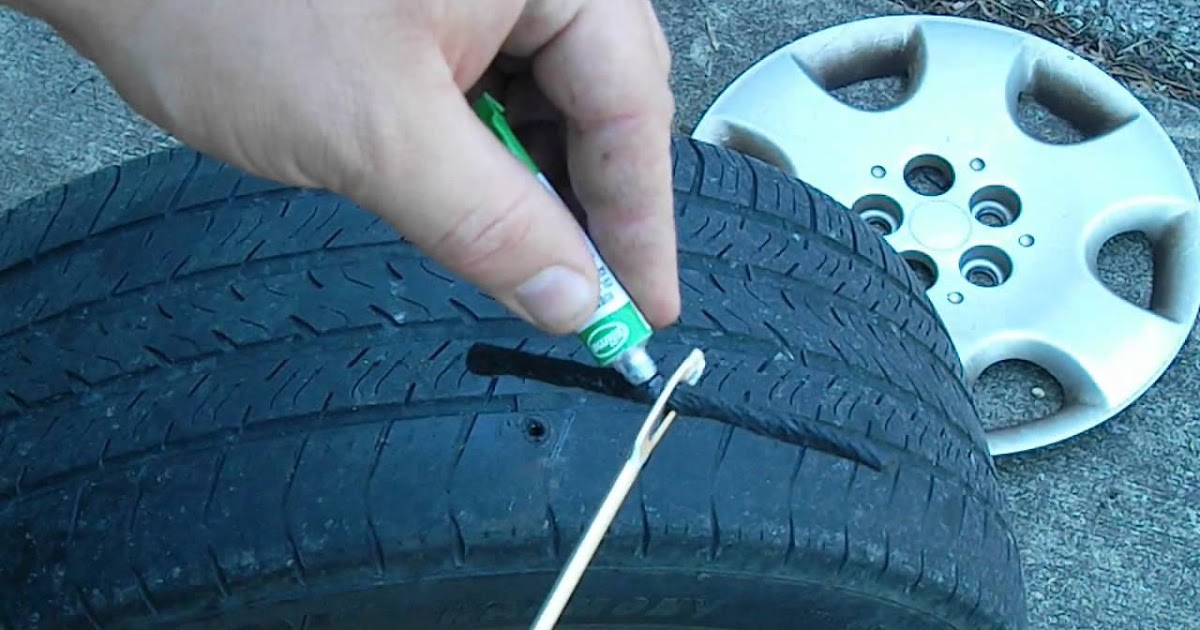
Tread Connection does much more than let you buy your tires online. Our team of TIA-certified tire technicians delivers tires to your home and installs your new tires or repairs your flat. We are also happy to meet you at your business or anywhere else you need us. Just make sure your vehicle is in a safe place like a parking lot to ensure our van has ample room to work.
We know money can be tight. If you just got new tires or haven’t been driving on your tires for very long, you may wonder if you can repair your tire instead of buying a new one. The TIA-certified tire experts at Tread Connection can help.
Our friendly team of tire professionals will let you know if your tire can still be saved. Your technician will remove the tire and inspect it both inside and out.
If your flat tire can be patched and will be safe to drive, then we will handle your flat tire repair for you at your home or office.
Don’t worry if you have a flat that cannot be repaired. We have a wide range of tires for all kinds of makes and models of cars from the best and most trusted manufacturers. You can be sure you’ll find the right tire for your car at a value that works for you. Get in touch with Tread Connection, and let us take a look.
We have a wide range of tires for all kinds of makes and models of cars from the best and most trusted manufacturers. You can be sure you’ll find the right tire for your car at a value that works for you. Get in touch with Tread Connection, and let us take a look.
When you reach out to the tire experts at Tread Connection, our team will provide you with a comprehensive tire inspection and handle everything from repair to remounting. Our mobile tire repair services include the following:
Don’t waste another day in a waiting room. Find flat tire repair that works on your schedule. Contact the certified tire experts at Tread Connection to schedule your appointment today.
Posted at 11:07h in Blogs by Caleb Sharbono
Fixing a flat tire at home is a skill we all hope we never need, but it’s great to have in your back pocket. You start driving your car, only to realize it’s slightly off balance and, yep, your tire is flat. Instead of calling a tow truck or roadside assistance, which can take anywhere from thirty minutes to an hour (if not more), you can fix your tire yourself at home and still make it in time for lunch with your friends.
Fixing a flat tire at home is simple and only requires about thirty minutes of your time. First, you want to inspect your tire to see what caused your flat. Look around the tire to identify the cause or specific area of the leak if whatever punctured your tire is missing. After finding the source of your problem or what caused the leak, you need to decide if you will plug your tire.
Once you have found the cause of the flat tire, you are ready for the next step. What if you cannot find the cause of the flat nor the source of the leak? Keep reading to find out how you can find the source of the air leaking from your tire.
(You may be wondering “can I call someone to change my flat tire?” The answer is yes! However, learning to do it yourself can be a very useful skill!)
You can fix a flat tire at home by either plugging the tire or changing the tire completely. Plugging the tire is a short-term fix that you can do at home. After plugging the tire, you will want to get it checked out during the week by a professional for expert advice on the life of your tire and the severity of the puncture.
Fixing a flat tire at home can save time, money, and stress. There are two short-term ways to fix your tire at home, plugging your tire or changing your tire. Both options require a few tools to ensure the effectiveness of the process.
Both options require a few tools to ensure the effectiveness of the process.
Below the tools are listed in no particular order. Each item is essential to fixing your tire at home:
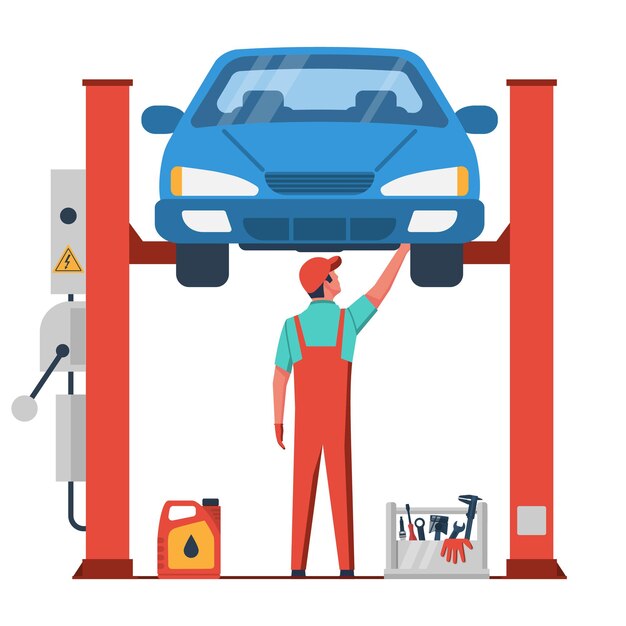
Before you begin inspecting your car, be sure to turn your vehicle off, place it in park, and put on the parking brake. This is a cautionary practice to ensure that your car does not accidentally move, slip or roll forward while you are fixing your tire.
Look around your tire or feel along the grooves to spot where the leak is coming from. While some tires may have a giant nail or piece of glass, some may be sprouting air from an unknown source.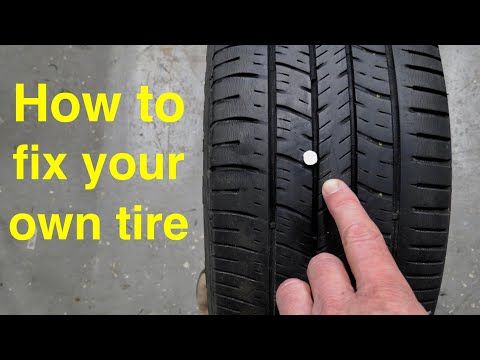 Even if you do see a nail tucked deeply into your tire, feel around for other sources of a leak. There could be multiple punctured areas.
Even if you do see a nail tucked deeply into your tire, feel around for other sources of a leak. There could be multiple punctured areas.
If you still cannot find the source grab a spray bottle filled with water and soap, spray the tire. The area that produces bubbles is where the air is coming out.
If neither of these tricks works for you, try pumping your tire up. Once it is filled with air, the hole will be easier to find because you’ll be able to hear or feel it.
If you can, position your car with the wheels straight. Slide on your gloves and pull out your car jack. All cars are different. It also depends on what kind of jack you are using. Car Jacks will come with directions along one side of the Car Jack.
Typically, you would position yourself on the side where the flat tire is and look under your car. There should be an area that has two prongs. Slide the car jack under your car, lined up with the prongs. Once the car jack is under the middle of your car, take the additional lever and attach it to the jack. Wind it clockwise to lift your car.
Wind it clockwise to lift your car.
You have safely stopped and positioned your car, found the leak, and lifted the pressure from the tire. It is time to pull out the mystery item (since no two flats are the same) that has been causing your tire to spew air. Grabbing the pliers, carefully grip the item between the two prongs. Do not worry about the air escaping. Pull the item from your tire using the pliers.
Please do not over-exert yourself if it is hard to pull out. Your tire rubber is thick, and it may need some pulling and tugging before breaking free. Safely discard the item in the trash to avoid any accidental punctures later down the line.
Now, the fun part. You may prepare to plug your tire.
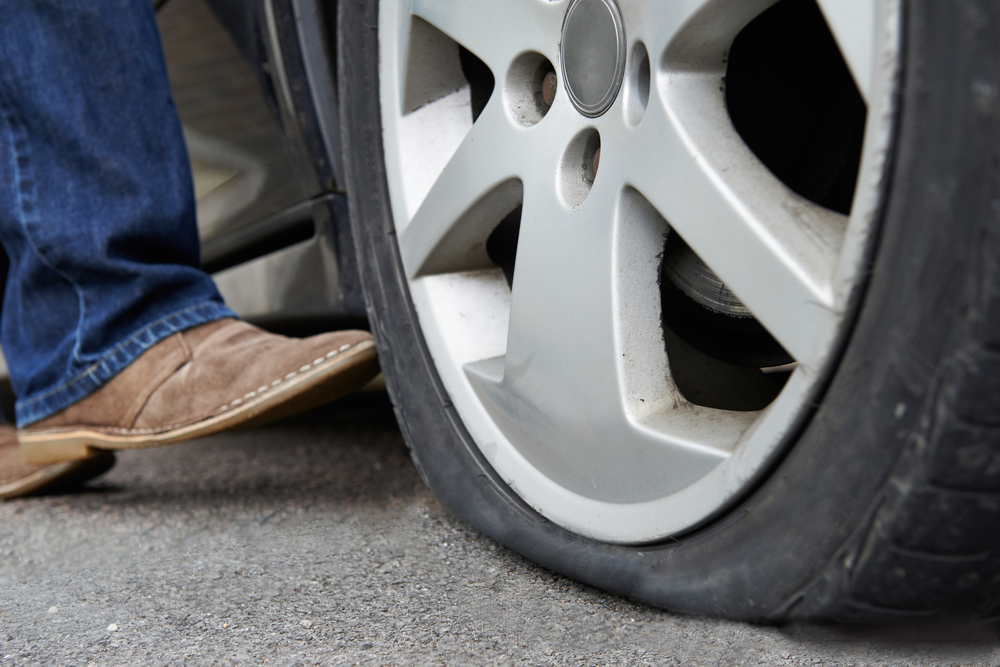 If you do not have a kit, you may use your pliers to make the hole slightly larger so the plug will fit. Squeeze a pea-sized amount of tire sealing cement into the hole.
If you do not have a kit, you may use your pliers to make the hole slightly larger so the plug will fit. Squeeze a pea-sized amount of tire sealing cement into the hole.Using your soapy spray bottle, spray your entire tire and wait to see if any bubbles sprout.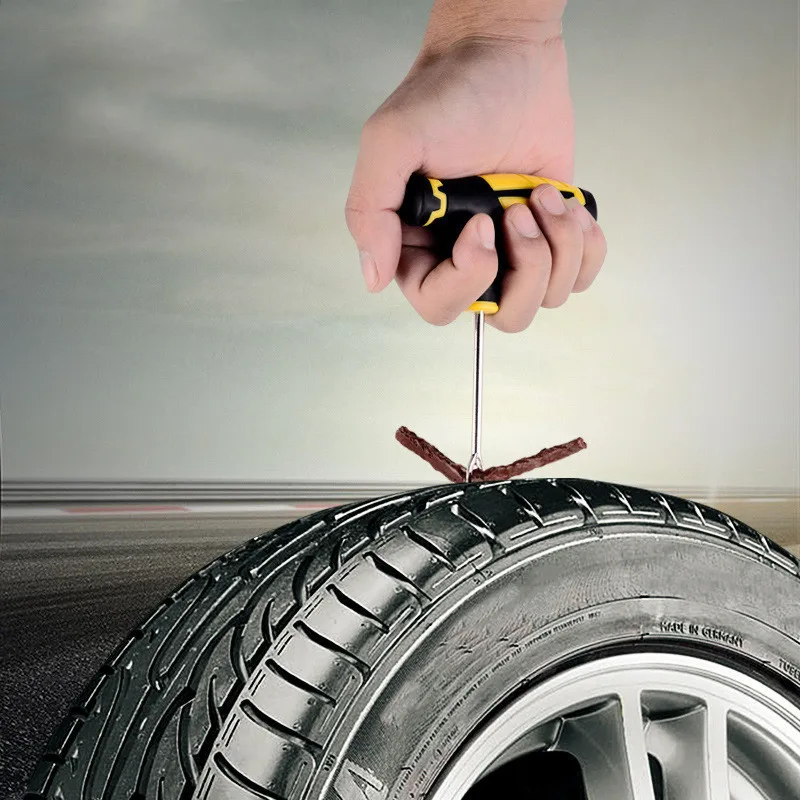 You may also listen to your tire for the hiss of air escaping. If there are no bubbles and no hiss, then you are good to go!
You may also listen to your tire for the hiss of air escaping. If there are no bubbles and no hiss, then you are good to go!
If you followed the steps and took your time, congratulations, you have fixed your tire at home. There is nothing better than being prepared in an emergency. Remember to keep all your supplies together either in the truck of your car or tucked away safely in your home.
It seems expensive at first to buy the materials needed to fix your tire at home. However, having your tools and supplies will save you in the long run. Gone are the days of calling tow trucks, waiting to be serviced at a car shop, and being stranded at home or in public when a flat tire strikes.
(Maybe your tire is completely beyond repair. You can learn how to change a flat tire in that amazing article!)
Author: Aleksey Kokorin
Experienced drivers are not surprised by such a trifle as a puncture, but for the first time beginners usually get confused in the sequence of actions, forget about important details and do not know what to do with a punctured wheel even in a tire shop - especially if they start offering choose from several options or intimidate with expensive repairs. Let's set up an operation algorithm when a flat tire is detected and figure out what to do right away and what to choose later.
Let's set up an operation algorithm when a flat tire is detected and figure out what to do right away and what to choose later.
What to do when you find a puncture
Having found a flat tire, first of all you need to stop in a safe place, turn on the alarm, assess visibility and, if necessary, set an emergency stop sign: according to traffic rules, it is installed at least 15 meters from the car in the village and at least 30 meters outside the settlement. When choosing where to stop, consider the space to the side of the vehicle to handle a flat tire. You should not stop right on the road and in places where stopping and parking are prohibited: even if a punctured wheel belongs to the conditions of a forced stop, it is quite possible to drive several tens of meters on it to choose a safe and convenient parking place. At night or in conditions of limited visibility (for example, in fog or rain), it is imperative to wear a vest with retroreflective elements - this is required by clause 2.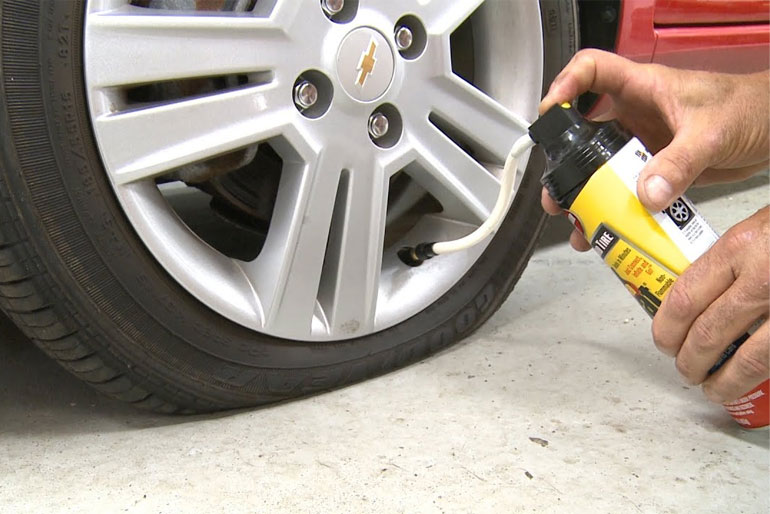 3.4 of the SDA and common sense.
3.4 of the SDA and common sense.
Now you can start working on the wheel. We will sequentially consider several options for action, and then move on to ways to repair a damaged tire.
The most obvious solution to a flat tire is to replace it. If you have a spare tire that you are sure is in good condition, the best option is to install it and visit a tire shop to repair a punctured tire - such repairs will be more reliable and of high quality than doing it yourself.
If you don't have a suitable spare tire, but you do have a pump or compressor, you can assess the damage to the tire and try to pump it up again to get to the tire shop. It is better to start searching for an air leak with a valve (aka “nipple” or “nipple”): often a faulty spool becomes the cause of a flat tire. It is easy to check it: unscrew the protective cap (if there is one), pour water on it (or slobber it, as in childhood): air bubbles will leak. In this case, you can try to replace the spool valve by unscrewing it and screwing in a new one, but if there is no new valve, as well as a store nearby, you can try just unscrewing and screwing it back in. Regardless of whether it helped or not, you need to visit a tire shop to replace the entire spool or valve.
Regardless of whether it helped or not, you need to visit a tire shop to replace the entire spool or valve.
If the valve is tight and the tire is flat, it is most likely a puncture. The easiest way to find a puncture that is free of foreign objects is to pour water on the tire while looking at the surface: the damage will reveal itself as air bubbles. However, often the cause of the puncture can be found along with it: a self-tapping screw, nail or other arbitrary object sticking out of the wheel will clearly indicate the place of depressurization. In this case, you do not need to immediately remove the foreign object from the tire: it partially seals the hole, and if the pressure loss is slow, you can try to pump up the wheel and drive to the tire shop.
The same goes for wheels that are leaking from the rim or from a faulty valve. Usually, in this case, the air is bled slowly, and you can pump up the wheel and have time to get to the place of repair. By the way, rim leakage can occur due to disk deformation upon impact - for example, when hitting a pit with sharp edges.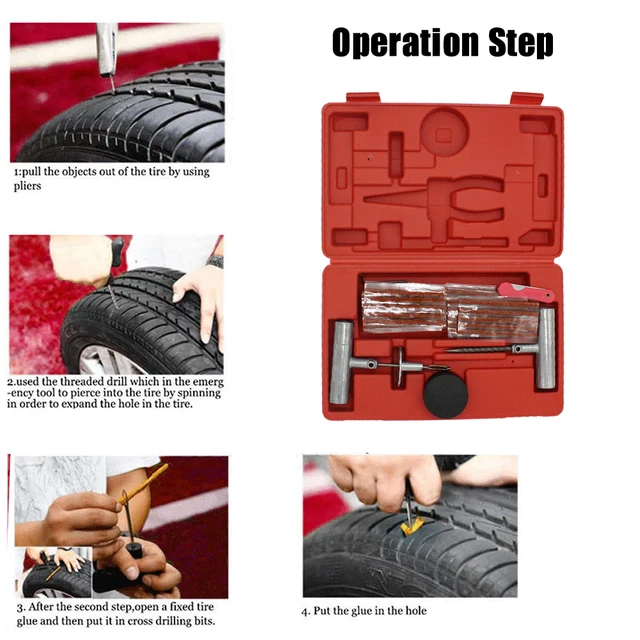 Such situations are fraught with damage to both the disk and the sidewall of the tire, in which case the disk will need to be corrected, and the tire repaired or even replaced. To avoid rim leaks, you need to inspect the rims every time you change tires. The loss of tightness occurs either due to corrosion or due to disc deformation, and not only steel, but also light alloy wheels can corrode. So if you see paint blistering or rust on the rim, the tires need to be put on rim sealant: when changing tires, this will be cheaper than the subsequent removal and re-tire to fix a leak on the rim.
Such situations are fraught with damage to both the disk and the sidewall of the tire, in which case the disk will need to be corrected, and the tire repaired or even replaced. To avoid rim leaks, you need to inspect the rims every time you change tires. The loss of tightness occurs either due to corrosion or due to disc deformation, and not only steel, but also light alloy wheels can corrode. So if you see paint blistering or rust on the rim, the tires need to be put on rim sealant: when changing tires, this will be cheaper than the subsequent removal and re-tire to fix a leak on the rim.
If you find a puncture, but there are no foreign objects in it, and you do not have a spare wheel and tire repair kits, there is another popular method of temporary "repair". You can screw a self-tapping screw into the found hole - if, of course, you have one. In extreme cases, you can look for a self-tapping screw in the cabin by unscrewing it from some interior detail. This method cannot be called reliable: it is unlikely to ensure complete tightness of the wheel, but at least it can help you get to the nearest tire shop.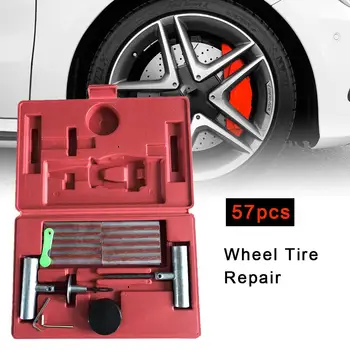
And a couple more useful remarks. If the wheel is completely flat, then it is easier to inflate it without a spool: the latter must be unscrewed, then the tire must be inflated and quickly screwed back in. The fact is that the spool itself, when inflated, resists the compressor, and in the event of a loose fit of a flat tire to the disk, the power of a simple magazine compressor may not be enough, and the absence of a spool helps to increase air flow and facilitate the operation of the compressor. If this does not help, you can jack up the car by hanging a flat tire: this will improve the fit of the tire to the disk, and the chances of inflating the tire will increase.
On-Site Repair Methods
Now let's look at options for repairing a tire yourself using special materials that you should carry with you or, if a puncture caught you in the city, buy it at the nearest auto shop.
1. The most common, cheapest and easiest way to do it yourself is to install a raw rubber band.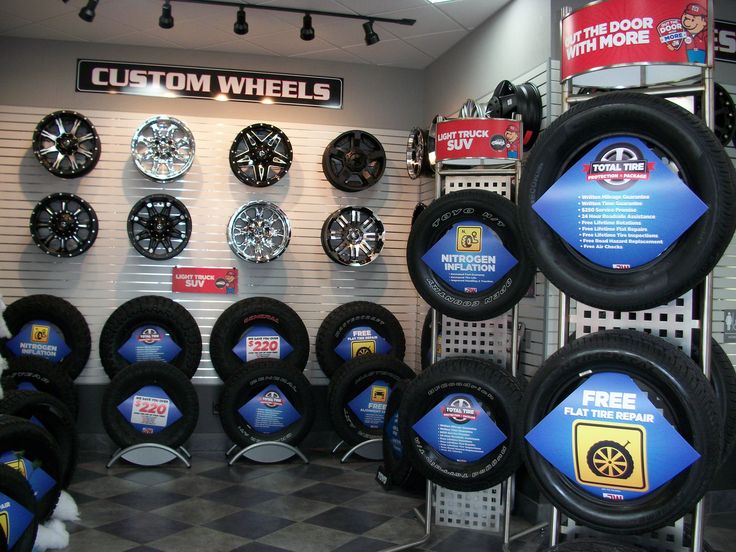 The harnesses are sold complete with an abrasive awl to expand the hole in the tire and improve the contact of the repair harness with its edges, as well as a needle for installing the harness and an adhesive to fix it and at the same time seal the puncture. When choosing a repair kit in a store, you should pay attention to the following nuances:
The harnesses are sold complete with an abrasive awl to expand the hole in the tire and improve the contact of the repair harness with its edges, as well as a needle for installing the harness and an adhesive to fix it and at the same time seal the puncture. When choosing a repair kit in a store, you should pay attention to the following nuances:
Install the harness in the following order. First, the found hole is expanded with an abrasive awl - you need to insert and remove it several times into the puncture site. Then the tourniquet is inserted into the eye of the needle, and glue is applied to it. After that, the needle with the tourniquet must be inserted into the hole in the tire and pulled out sharply - so that the tourniquet remains in the hole, and the needle comes out without it. If everything worked out, it remains only to cut the end of the harness flush with the surface of the tire and pump up the wheel.
If everything worked out, it remains only to cut the end of the harness flush with the surface of the tire and pump up the wheel.
The advantages of repairing with a harness are quite decent reliability, simplicity and low cost. On a well-repaired tire, you can drive for a long time, and if the repair site starts to poison, you can either replace the harness or have the tire repaired in a quality service. Among the minuses is the possibility of damaging the cord during installation, as well as lower reliability compared to “full-fledged” repair methods in a tire shop. Strictly speaking, a tourniquet is still a temporary repair, so if it is possible to pump up a wheel and get to a tire fitting, then it is better not to enlarge the hole in the tire and get to the experts.
2. The second repair option is aerosol liquid sealants sold in cans. To repair a punctured tire with sealant, you need to remove the foreign object from the puncture site, then pour the sealant into the wheel through the valve, twist it to distribute the composition inside the tire, pump up the wheel and drive several kilometers at low speed for the final uniform distribution of the sealant.
Among the advantages of this repair is the simplicity and less labor intensity compared to installing a harness. However, there are also disadvantages: the larger the hole, the higher the chance that the sealant will not be able to eliminate it, and such a repair can affect the wheel balance. Compared to a tourniquet, it can be considered even less reliable and preferable, but simpler.
Repair options at a tire shop
If you put on a spare tire and brought the wheel to a tire shop, you may also be offered several repair options. Consider the most popular with an indication of the advantages and disadvantages.
1. The first repair method is the same harness installation as described above. As we remember, the tourniquet refers to a temporary repair, so among tire specialists this method is considered bad form, but many workshops do not exclude it from the list of services. All the advantages and disadvantages are the same here: such a repair will be the fastest, simplest and cheapest, but less reliable than other methods. It is worth choosing it in cases where the price and / or speed of the procedure is more important to you than anything else. If quality is a priority, then it is better to fork out for the options listed below.
It is worth choosing it in cases where the price and / or speed of the procedure is more important to you than anything else. If quality is a priority, then it is better to fork out for the options listed below.
2. The second option for repairing a puncture is to install a patch on the inside of the tire, the so-called cold vulcanization. In this case, the tire is removed from the disk, the surface around the puncture is treated with an abrasive, and the damage is sealed with a special patch. This is a more preferred repair method than a tourniquet: it is more reliable and durable, especially in the case of side punctures, when not the thick tread part of the tire is damaged, but the thinner sidewall. Among the minuses, only a higher cost can be noted: in addition to the actual tire repair, you will have to pay for the removal and installation of the wheel (or do it yourself), tire fitting and balancing.
3. The third option is a "complex" of the first and second: installation of the so-called repair "fungus". The “hat” of the fungus is a patch, and the “leg” is threaded from the inside of the tire to the outside. After gluing the patch, the excess part of the leg is cut off, as in the case of the tourniquet. Thus, not only the inner surface of the tire is closed, but also the hole itself. The advantages and disadvantages of this repair method are generally the same as those of a patch.
4. An extreme, “emergency” measure when repairing a punctured wheel is to install a camera in it. Typically, this method is used for tires that are no longer worth repairing, or “for reliability” after repairing a complex puncture. It should be understood that almost all modern tires are tubeless, that is, they are not designed to install a camera, so it’s not worth driving a wheel repaired in this way for a long time. Installing a tube is a temporary solution for riding until a new tire is purchased, and sometimes such wheels are left as spares. So this repair method can be kept in mind as a backup.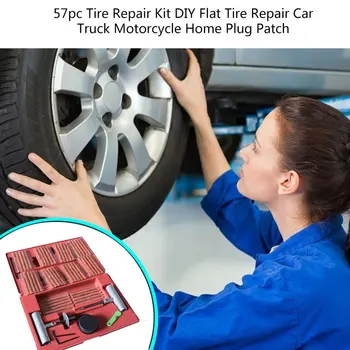
Finally
We have deliberately left out of this text such methods as combined repair of tires with a tourniquet and a patch and hot vulcanization. The first is used quite rarely and for specific damage, and it is enough just to know about its existence. Well, the second is used to repair serious side cuts, and it is not only rare, but also very expensive. The cut site in this case is prepared, filled with raw rubber and processed with a hot press for vulcanization. Equipment for this procedure is not available in every tire shop, and the cost of repair can be about half the cost of a new tire.
interesting Popular questions
Test drives / Test drive Haval Dargo vs Mitsubishi Outlander: the dog is barking, the stranger is coming In the Haval dealership in the south of Moscow, life is in full swing: buyers look at cars, communicate with managers and sign some papers. While I was waiting for the test Dargo, the same cross... 18204 7 205 13.09.2022
While I was waiting for the test Dargo, the same cross... 18204 7 205 13.09.2022
Test drives / Test drive Motor from Mercedes, emblem from Renault, assembly from Dacia: test drive of the European Logan 1.0 It would seem that what's new can be told about the second generation Renault Logan, known to every Russian taxi driver, as they say, up and down? However, this car has... 14602 ten 41 08/13/2022
Test drives / Test drive Geely Coolray vs Haval Jolion: Free Cheese? If! Do you want to buy a car today with a full warranty, on credit at an adequate rate, without wild dealer markups? Now this is still a task, because a full-fledged chain of "representation - s. .. 11853 26 thirty 08/10/2022
.. 11853 26 thirty 08/10/2022
Photo: AvtoVzglyad
For prudent motorists who are well aware that anything can always happen on the road in the trunk a full-size spare wheel, a stowaway or at least a tire repair kit in the "field" conditions. But what if there was nothing listed in the cargo hold? The AvtoVzglyad portal will tell you how to solve the problem of a “punctured” tire on the highway, having only a smartphone in your arsenal.
Kristina Izvekova
Surely you have heard how our grandfathers got out of such situations, and maybe even you yourself have ever resorted to their method. Realizing that you can’t go far on a flat tire without harm to the disk, Soviet drivers stuffed it with everything that caught their eye: rags, grass, clothes .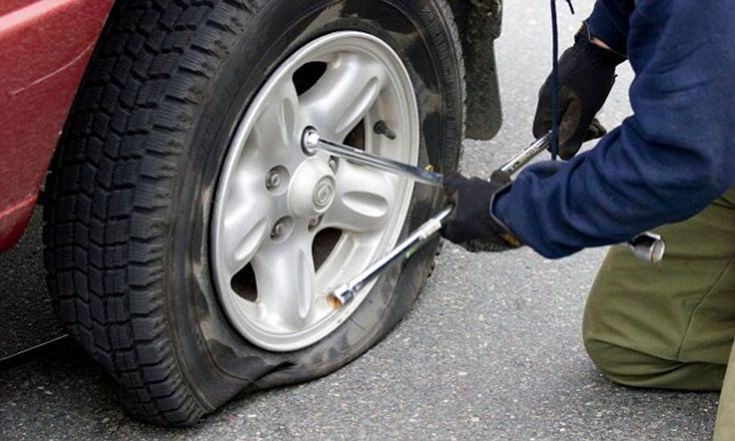 .. Of course, this dubious method is still relevant today, but it’s better to try other options first.
.. Of course, this dubious method is still relevant today, but it’s better to try other options first.
Those who grieve over a punctured run-flat tire are in a better position. Such tires are distinguished by reinforced sidewalls that, after damage and a complete loss of pressure, can support the weight of the machine. If you believe the manufacturers, then on such rubber you can move towards tire fitting at a speed of no more than 80 km / h without any fear. No, this is not your story? Then here are your other options.
Photo: cellcode.us
Car service is within easy reach and the tire is only slightly damaged? Try inflating the wheel and see how soon it deflates again. If the rubber is reluctant to part with the air, then jump behind the wheel and carefully move towards the tire fitting. Periodically stop, check her "well-being" - if necessary, contact the pump again. Remember, as long as there is an air gap between the ground and the disc, the risks of damaging the tire are low.
If the previous option doesn't work for you for one reason or another, look online - or ask a local - for the nearest auto parts store. There you can buy a kit for emergency resuscitation of a “punctured” tire or a special sealant that can “glue” damage in a tubeless tire. With arms growing out of the right place, it won't be hard for you to "fix" yourself.
216621
Photo: vagvisaren.info
185220
It happens that there are no services or shops near the scene of an accident. And if your business is so bad that you can only rely on the help of outsiders, try to find on the Internet the so-called mobile tire fitting - mobile specialists working with wheels and tires right on the spot. It is far from a fact that in the wilderness, far away from large cities, such people will be found, and therefore be prepared to fork out for a tow truck - they are already everywhere.
Finally, do not forget that kind people who are ready to help out a stranger in trouble have not yet died out.